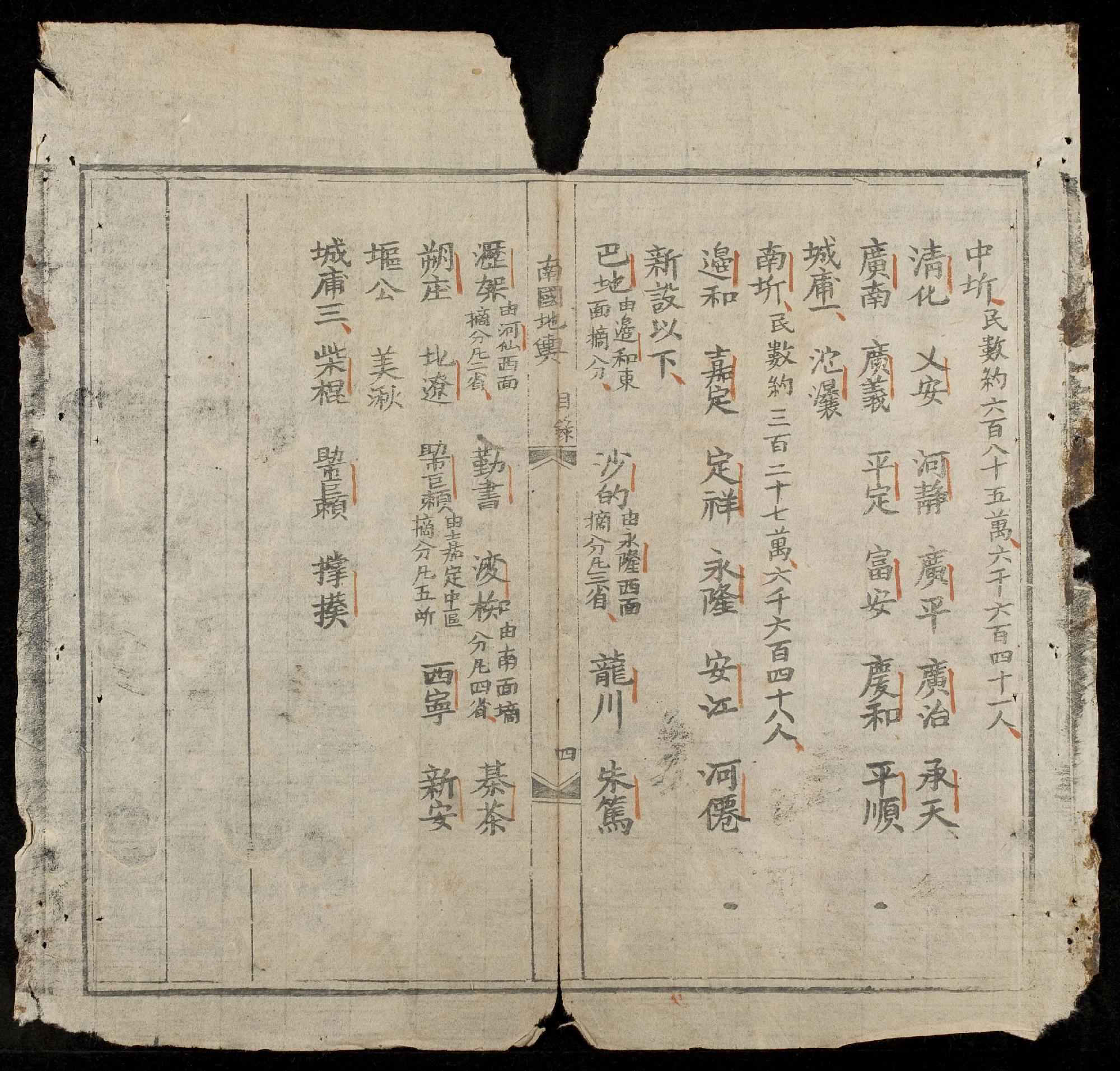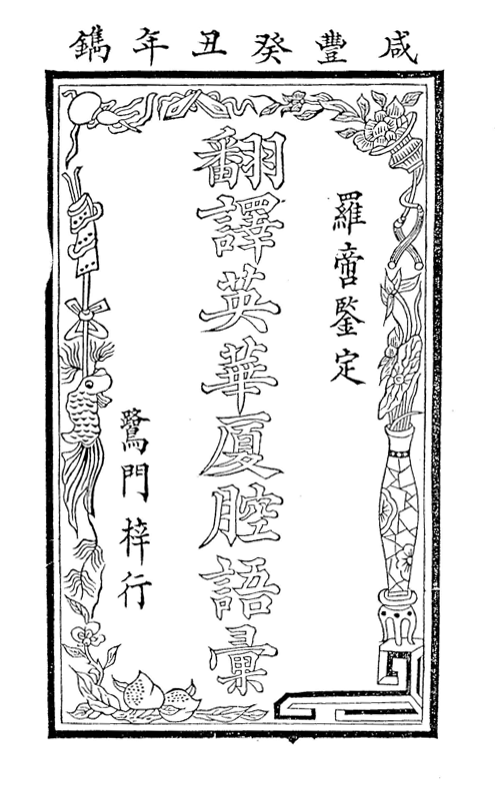|
Bánh Pía
''Bánh pía'', sometimes spelled as ''bánh bía'', is a type of Vietnamese bánh (translated loosely as "cake" or "bread"). A Suzhou style mooncake adapted from Teochew cuisine, called "lâ-piáⁿ" (朥餅, Teochew Peng'im: la⁵ bian²). The Vietnamese name comes from the Teochew word for pastry, ''pia'' (餅 or 餠, Peng'im: bian², POJ: piáⁿ, round flat cake, pastry, cookie, biscuit). In Saigon, the pastry is called ''bánh bía'', while in Sóc Trăng and Vũng Thơm, it is known as ''bánh pía''. Some Vietnamese people call it ''bánh lột da'', which translates to "peeling flakes pastry". Those from the Bến Tre region call it ''bánh bao chi'', which is the name for mochi elsewhere in Vietnam. Popular fillings include durian, shredded pork fat, salted egg yolk, mung bean The mung bean or green gram (''Vigna radiata'') is a plant species in the legume family.Brief Introduction of Mung Bean. Vigna Radiata Extract Green Mung Bean Extract Powder Phaseolu ... [...More Info...] [...Related Items...] OR: [Wikipedia] [Google] [Baidu] |
Chaozhou
Chaozhou ( zh, t=潮州), alternatively Chiuchow, Chaochow or Teochew, is a city in the eastern Guangdong province of China. It borders Shantou to the south, Jieyang to the southwest, Meizhou to the northwest, the province of Fujian to the east, and the South China Sea to the southeast. It is administered as a prefecture-level city with a jurisdiction area of and a total population of 2,568,387. It is also the ancestral hometown of 2.7 million overseas Teochow people. Along with Shantou and Jieyang, Chaozhou is a cultural center of the Chaoshan region. History The Chenqiaobei Hill Site was discovered in the west of Chaozhou City. The unearthed cultural relics show that the ancestors of Chaozhou had already started a life of fishing, farming and hunting about 6,000-5,000 years ago. During the Shang and Zhou Dynasties, the Fubin Culture in Raoping was a representative example, indicating that this place had entered the bronze and agricultural civilization. In 214 BC, Chaozhou ... [...More Info...] [...Related Items...] OR: [Wikipedia] [Google] [Baidu] |
Peng'im
( zh, s=潮州话拼音方案, t=潮州話拼音方案: ( Teochew) ( Swatow), : or , : or ) is a Teochew dialect romanization system as a part of Guangdong Romanization published by Guangdong Provincial Education Department in 1960. The tone of this system is based on the Swatow dialect. The system uses the Latin alphabet to transcribe pronunciation and numbers to note tones. Before that, another system called , which was introduced by the missionaries in 1875, had been widely used. Since Teochew has high phonetic similarity with Hokkien, another Southern Min variety, and can also be used to transcribe Teochew. The name is a transcription of "" using this system. Contents Alphabet This system uses the Latin alphabet The Latin alphabet, also known as the Roman alphabet, is the collection of letters originally used by the Ancient Rome, ancient Romans to write the Latin language. Largely unaltered except several letters splitting—i.e. from , and from � . ... [...More Info...] [...Related Items...] OR: [Wikipedia] [Google] [Baidu] |
Vietnamese Pastries
Vietnamese may refer to: * Something of, from, or related to Vietnam, a country in Southeast Asia * Vietnamese people, or Kinh people, a Southeast Asian ethnic group native to Vietnam ** Overseas Vietnamese, Vietnamese people living outside Vietnam within a diaspora * Vietnamese alphabet * Vietnamese cuisine * Vietnamese culture * Vietnamese language See also * Viennese (other) * List of Vietnamese people List of famous or notable Vietnamese people (''Người Việt'' or ''Người gốc Việt -'' Vietnamese or Vietnamese-descent). This list is incomplete. Art and design Fashion *Đặng Thị Minh Hạnh, fashion designer *Nguyễn Thù ... * {{disambiguation Language and nationality disambiguation pages ... [...More Info...] [...Related Items...] OR: [Wikipedia] [Google] [Baidu] |
Mung Bean
The mung bean or green gram (''Vigna radiata'') is a plant species in the legume family.Brief Introduction of Mung Bean. Vigna Radiata Extract Green Mung Bean Extract Powder Phaseolus aureus Roxb Vigna radiata L R Wilczek. MDidea-Extracts Professional. P054. http://www.mdidea.com/products/proper/proper05402.html The mung bean is mainly cultivated in East, Southeast, and South Asia. It is used as an ingredient in both savoury and sweet dishes. Names The English names " mung" or " mungo" originated from the Hindi word (), which is derived from the Sanskrit word (). It is also known in Philippine English as " mongo bean". Other less common English names include "golden gram" and "Jerusalem pea". In other languages, mung beans are also known as * Persian : ''maash'' (ماش) *Urdu- ''mūng'' (مونگ) *Hindi- ''mūng'' (मूंग) * Punjabi- ''mūng'' (ਮੁੰਗ) * Gujarati-''mag'' (મગ) * Marathi- ''hirve mug'' (हिरवे मूग) *Konkani- ''mugā' ... [...More Info...] [...Related Items...] OR: [Wikipedia] [Google] [Baidu] |
Durian
The durian () is the edible fruit of several tree species belonging to the genus ''Durio''. There are 30 recognized species, at least nine of which produce edible fruit. ''Durio zibethinus'', native to Borneo and Sumatra, is the only species available on the international market. It has over 300 named varieties in Thailand and over 200 in Malaysia as of 2021. Other species are sold in their local regions. Known in some regions as the "king of fruits", the durian is distinctive for its large size, strong odour, and Spine (botany), thorn-covered peel (fruit), rind. The fruit can grow as large as long and in diameter, and it typically weighs . Its shape ranges from oblong to round, the colour of its husk from green to brown, and its flesh from pale yellow to red, depending on the species. Some people regard the durian as having a pleasantly sweet fragrance, whereas others find the aroma overpowering and unpleasant. The persistence of its strong odour, which may linger for sev ... [...More Info...] [...Related Items...] OR: [Wikipedia] [Google] [Baidu] |
Mochi
A mochi ( ; Japanese ) is a Japanese rice cake made of , a short-grain Japonica rice, japonica glutinous rice, and sometimes other ingredients such as water, sugar, and cornstarch. The steamed rice is pounded into paste and molded into the desired shape. In Japan, it is traditionally made in a ceremony called . While eaten year-round, mochi is a traditional food for the Japanese New Year, and is commonly sold and eaten during that time. Mochi is made up of polysaccharides, Clofibrate, lipids, protein, and water. Mochi has a varied structure of amylopectin gel, starch grains, and air bubbles. In terms of starch content, the rice used for mochi is very low in amylose and has a high amylopectin level, producing a gel-like consistency. The protein content of the japonica rice used to make mochi is higher than that of standard short-grain rice. Mochi is similar to , which is made with rice flour instead of pounded rice grains. History Red rice was the original variant used in ... [...More Info...] [...Related Items...] OR: [Wikipedia] [Google] [Baidu] |
Bến Tre
Bến Tre () is the provincial capital of Bến Tre Province, in the Mekong Delta region of southern Vietnam. Located southwest of Ho Chi Minh City, the city covers an area of 65.75 km2 (25.39 sq mi) and has a population of 124,499 at the 2019 census. Bến Tre is connected to the surrounding provinces by the Rạch Miễu Bridge and is also traversed by National Highway 60. Etymology The name "Bến Tre" was formed by associating the natural terrain with the name of a tree species (meaning wharf with many bamboos growing). This name has been in use since the Nguyễn Dynasty. History Early history At the end of the 17th century, the current city of Bến Tre was still sparsely populated. By the following century, many groups of people from the Central Vietnam and neighboring provinces began to migrate to this area to settle. In the early days of settling, the inhabitants concentrated on high mounds, along rivers and canals to establish villages easily. Frenc ... [...More Info...] [...Related Items...] OR: [Wikipedia] [Google] [Baidu] |
Sóc Trăng
Sóc Trăng (; ) is a city in Vietnam. It is the capital of Sóc Trăng Province. It was upgraded from a town (thị xã) to a city following decree 22/2007/NĐ-CP on 8 February 2007. History During the French colonial period, on December 20, 1899, the Governor-General of Indochina issued a decree converting the "hạt tham biện" (administrative regions) into provinces, and on January 1, 1900, the Sóc Trăng administrative region became Sóc Trăng Province, with its provincial capital located in Khánh Hưng village. During the era of the State of Vietnam and the Republic of Vietnam, the name of Sóc Trăng Province and its capital remained unchanged. After 1956, villages were renamed as communes. In February 1950, Sóc Trăng town was established. The town's boundaries were adjusted in 1953 and 1961. In 1956, the Republic of Vietnam government merged Sóc Trăng and Bạc Liêu to form Ba Xuyên Province, with its capital located in Khánh Hưng. However, the revolutio ... [...More Info...] [...Related Items...] OR: [Wikipedia] [Google] [Baidu] |
Saigon
Ho Chi Minh City (HCMC) ('','' TP.HCM; ), commonly known as Saigon (; ), is the most populous city in Vietnam with a population of around 14 million in 2025. The city's geography is defined by rivers and canals, of which the largest is Saigon River. As a Municipalities of Vietnam, municipality, Ho Chi Minh City consists of 16 List of urban districts of Vietnam, urban districts, five Huyện, rural districts, and one Municipal city (Vietnam), municipal city (sub-city). As the largest financial centre in Vietnam, Ho Chi Minh City has the largest gross regional domestic product out of all Vietnam provinces and municipalities, contributing around a quarter of the Economy of Vietnam, country's total GDP. Ho Chi Minh City metropolitan area, Ho Chi Minh City's metropolitan area is List of ASEAN country subdivisions by GDP, ASEAN's 5th largest economy, also the biggest outside an ASEAN country capital. The area was initially part of Cambodian states until it became part of the Vietna ... [...More Info...] [...Related Items...] OR: [Wikipedia] [Google] [Baidu] |
Pe̍h-ōe-jī
( ; , , ; POJ), also known as Church Romanization, is an orthography used to write variants of Hokkien Southern Min, particularly Taiwanese Hokkien, Taiwanese and Amoy dialect, Amoy Hokkien, and it is widely employed as one of the writing systems for Southern Min. During its peak, it had hundreds of thousands of readers. Developed by Western missionary, missionaries working among the Chinese emigration, Chinese diaspora in Southeast Asia in the 19th century and refined by missionaries working in Xiamen and Tainan, it uses a modified Latin alphabet and some diacritics to represent the spoken language. After initial success in Fujian, POJ became most widespread in Taiwan and, in the mid-20th century, there were over 100,000 people literate in POJ. A large amount of printed material, religious and secular, has been produced in the script, including Taiwan's first newspaper, the ''Taiwan Church News''. During Taiwan under Japanese rule, Japanese rule (1895–1945), the use of was ... [...More Info...] [...Related Items...] OR: [Wikipedia] [Google] [Baidu] |
Teochew Dialect
Teochew, also known as Swatow or Teo-Swa, is a Southern Min language spoken by the Teochew people in the Chaoshan region of eastern Guangdong and by their diaspora around the world. It is sometimes referred to as ''Chiuchow'', its Cantonese rendering, due to English romanization by colonial officials and explorers. It is closely related to Hokkien, as it shares some cognates and phonology with Hokkien. Teochew preserves many Old Chinese pronunciations and vocabulary that have been lost in some of the other modern varieties of Chinese. As such, Teochew is described as one of the most conservative Chinese languages. History and geography Historically, the Teochew prefecture included modern prefecture-level cities of Chaozhou, Jieyang and Shantou. In China, this region is now known as Teoswa. Parts of the Hakka-speaking Meizhou city, such as Dabu County and Fengshun, were also parts of the Teochew prefecture and contain pocket communities of Teochew speakers. As the T ... [...More Info...] [...Related Items...] OR: [Wikipedia] [Google] [Baidu] |





